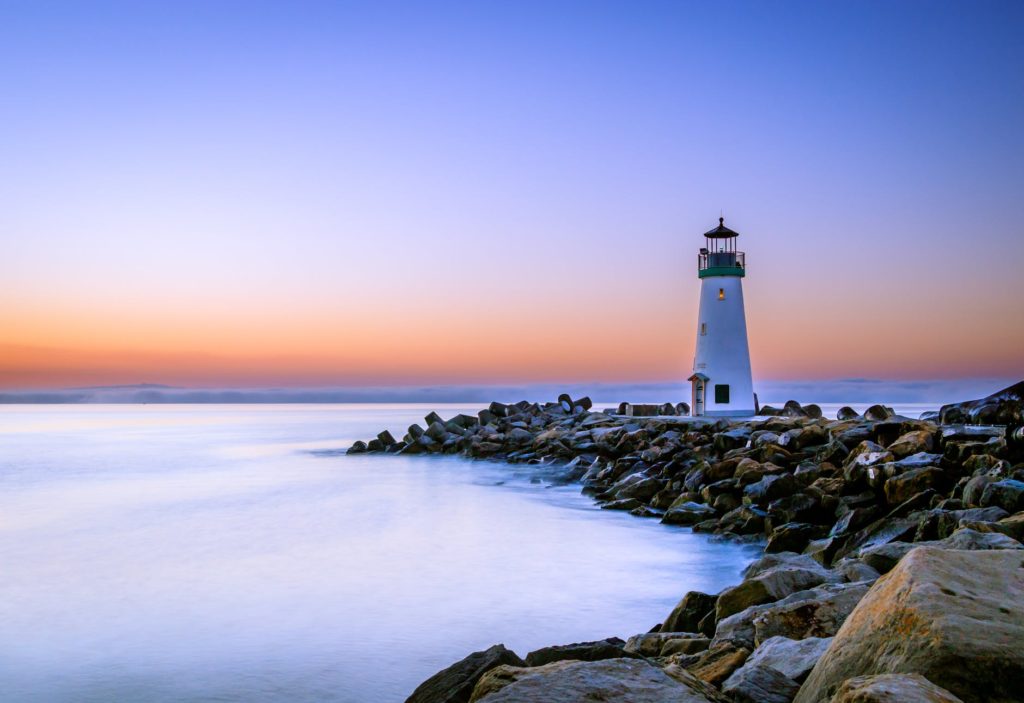
In addition to looking cool, giving spectacular views, and, of course, prevent shipwrecks, lighthouses give us some enlightening lingo. Today we shine a beam on some beacon words on this National Lighthouse Day.
In the beginning
While lighthouses have been around since ancient times, the word doesn’t appear in English until about 1622, according to the Oxford English Dictionary (OED), namely in The History of the Reign of King Henry VII by Francis Bacon: “They … were executed … at diuers places vpon the Sea-Coast … for Sea-markes or Light-houses, to teach Perkins People to auoid the Coast.”
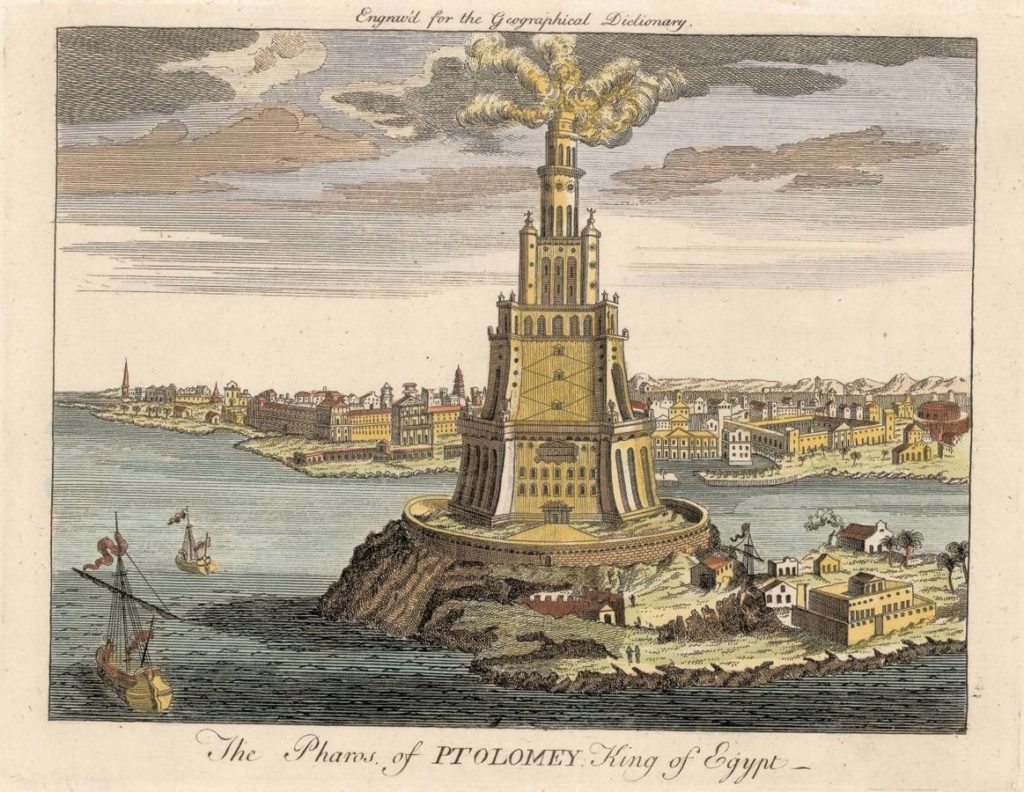
Earlier terms for “lighthouse” are phare (1450) and pharos (1550), both of which refer “to the island of Pharos off the coast of Alexandria,” an ancient Egyptian city where the philosopher “Ptolemy Philadelphius built a mighty lighthouse,” believed to be the first lighthouse in existence. Another word from Pharos is pharology, the study of lighthouses and signal lights.
A very fancy way of saying “lighthouse” is obeliscolychny. According to the OED, this term from the late 17th century comes from a Greek word meaning “a spit used (by soldiers) as a lamp-holder.”
Lighthouse traits
While lighthouses might all seem pretty much the same, they each have distinctive traits, says HowStuffWorks. At night mariners can distinguish one from the other by their light signatures or characteristics — in other words, the number of lights they flash per second.
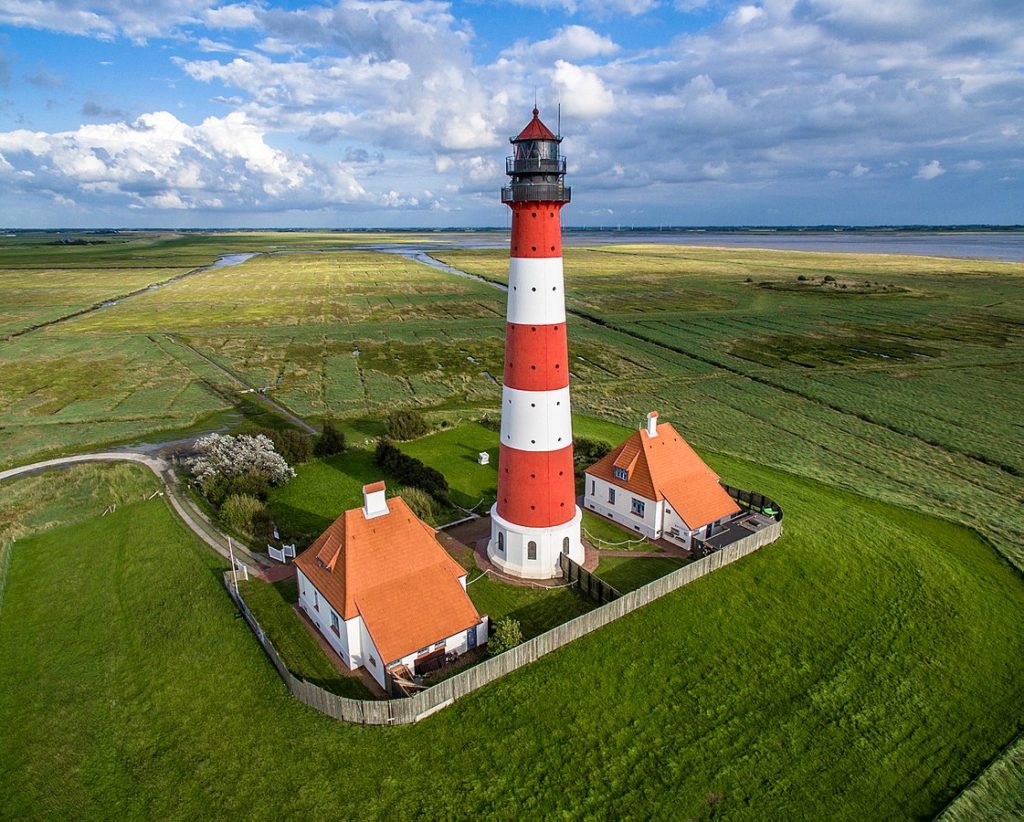
In the daylight, lighthouses can be distinguished by their daymarks, their distinctive patterns, colors, or shapes, which can also help them stand out against their backgrounds. If they’re up against a dark background “such as fields or woodland,” they might be painted all white, says Trinity House. Dolled up in red and white stripes? The pattern helps make a lighthouse more visible against a white background “such as cliffs or rocks.”
Keepers and parts
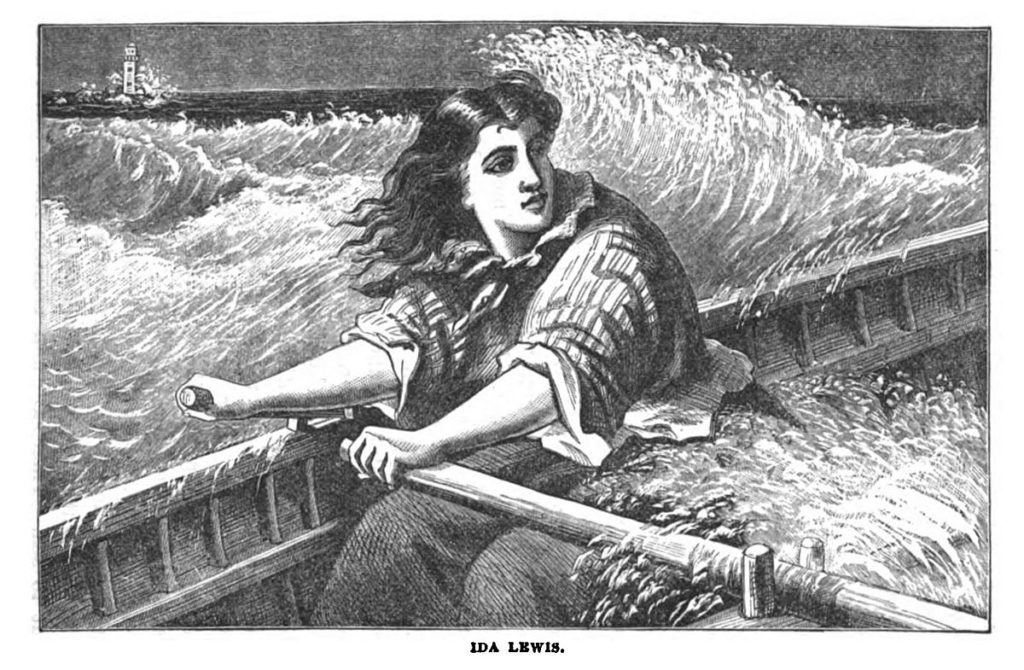
The person who runs the lighthouse is the light-keeper or, to use a more archaic term, the lampist. They were also known as wickies, named for the oil lamp wicks they had to light and trim by hand before advances in automation came along.
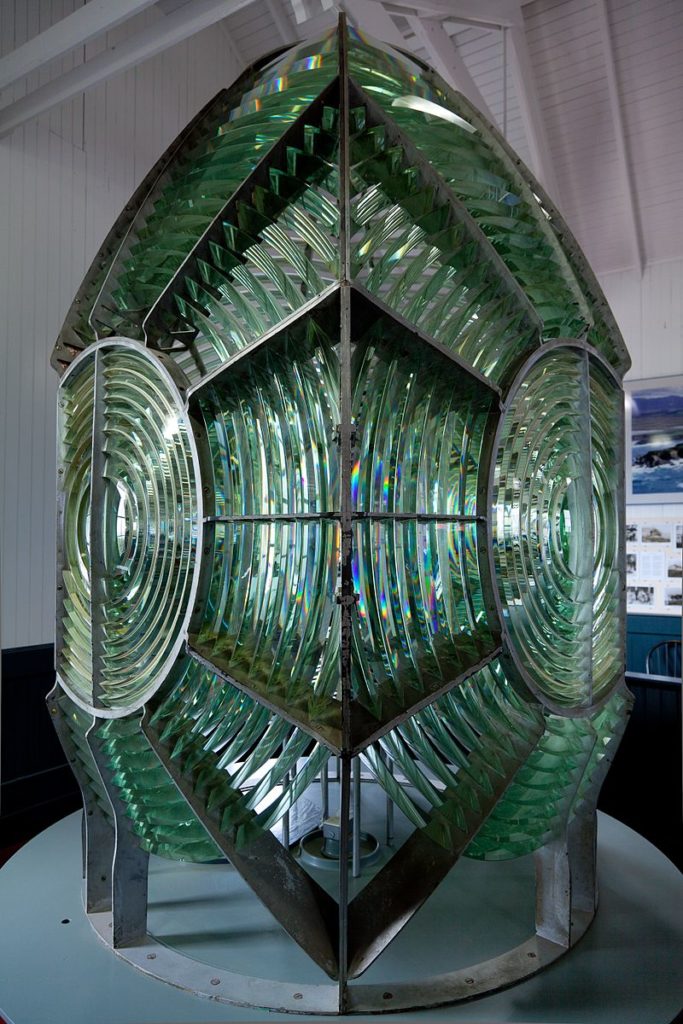
Speaking of lighthouse parts, the Fresnel lens might be the most important one. Invented by French physicist August-Jean Fresnel in the 1820s, the lens “used a network of prisms to magnify a small amount of light and cast a beam over distances of 20 miles,” says HowStuffWorks.
Check out this list for even more lighthouse and beacon words and this one for words from Virginia Woolf’s To the Lighthouse.